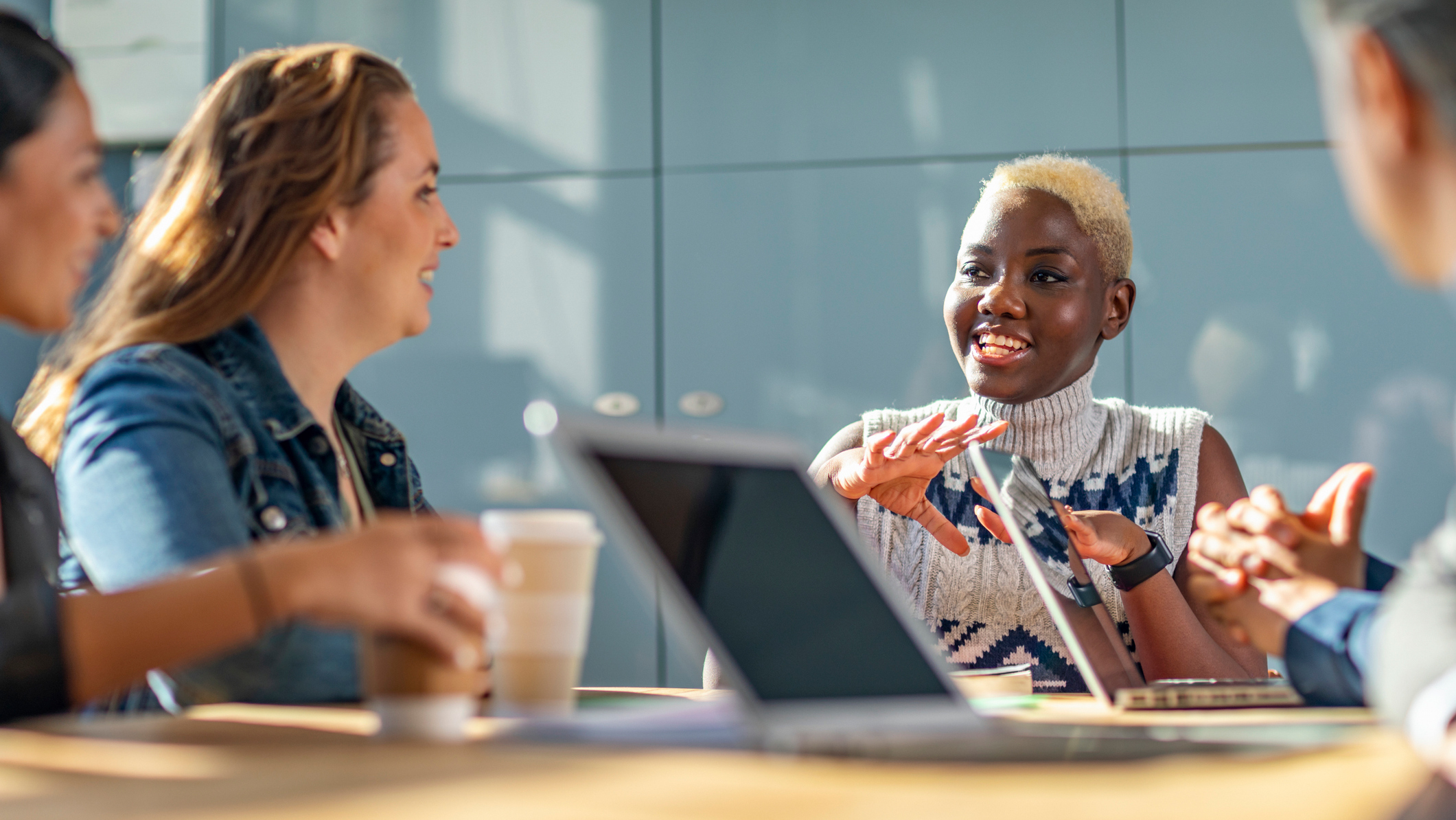Profile: Margaret Hamilton
The pioneering software engineer who coded man to the Moon

Everyone has seen the footage of Neil Armstrong's first steps on the Moon, and NASA's Apollo 11 Mission is considered one of mankind's greatest achievements.
What not everyone knows, however, is that a woman coded the software that ensured the mission was accomplished. This woman is Margaret Hamilton.
Margaret Heafield Hamilton was born in Paoli, Indiana, on 17 August, 1936. She attained a Bachelor's degree in mathematics with a minor in philosophy from Earlham College in 1958, and moved to Boston to pursue a post-graduate degree in abstract mathematics.
In 1960, she took an interim position at MIT, working for professor Edward Norton Lorenz in the Meteorology Department to develop software that could predict the weather.
Here Hamilton first learned to programme in hexadecimal and binary languages.
She remembers how, at the time, the "testing process" consisted of her unrolling a paper tape of her binary machine code down a long hall in the Meteorology Department. Instead of using new tape to test the software after making changes, she used to patch the tape, poking a hole in it with a sharp pencil to create a "1", or covering up holes with sticky tape to turn a "1" into a "0".
Professor Lorenz was one of the people who most inspired Hamilton throughout her life. He taught her a lot about software and gave her freedom to experiment with new ways of doing things.
Sign up today and you will receive a free copy of our Future Focus 2025 report - the leading guidance on AI, cybersecurity and other IT challenges as per 700+ senior executives
Hamilton told IT Pro: "Lorenz loved working with his computer and he would share with me his computer-related experiences and what he had learned from them, for which I was most grateful. Known as a genius by his colleagues, his humility stood out and he was one of the nicest people I have ever known."
At the time, software engineering was not a defined field and pioneers such as Hamilton, with backgrounds in maths and physics, learned about software while working with it hands-on.
From 1961 to 1963, Hamilton worked on the SAGE Project at Lincoln Lab, where she wrote software for the first AN/FSQ-7 computer to search for enemy aircraft.
While working at Lincoln Lab, Hamilton became interested in software reliability. "There were good reasons for this," she said. "When the computer crashed during the execution of your program, lights would start flashing, bells would start ringing and developers and computer operators would come running to find out whose program was doing something bad to the system. I did not want it to be mine!"
Her work at Lincoln Lab ensured her place as lead developer of NASA's Apollo flight software. Hamilton joined the Charles Stark Draper Laboratory at MIT, where she led the in-flight software development team credited with the development of the Apollo and Skylab software.
Hamilton said: "My experience working for NASA/MIT was a one of a kind, one in a lifetime experience. Whatever I might say to describe this experience would not do it justice."
Which brings us to Hamilton's most renowned achievement, the development of the error detection software that ensured the Apollo 11 mission was accomplished, and quite literally put man on the Moon.
About 3 minutes before the Lunar Lander carrying Buzz Aldrin and Neil Armstrong reached the surface of the Moon, its system started postponing some of its tasks, which could have led to an abortion of the Apollo 11 mission.However, emergency alarms triggered by systems developed by Hamilton warned the astronauts of the emergency, allowing the mission to continue.
Hamilton said: "Apollo 11 was the most memorable of all of my memorable experiences. It was both a relief and a wonderful feeling as soon as the landing on the Moon (and splashdown) took place."
When she left NASA, Hamilton became CEO and co-founder of Higher Order Software (HOS), where she developed a product called USE.IT, used in several government projects.
She left HOS in 1985 and became CEO and founder of Hamilton Technologies, which is still operating now.
Hamilton has won several awards for her work, including the Augusta Ada Lovelace Award in 1986, the Outstanding Alumni Award at Earlham College in 2009, and the Exceptional Space Act Award, conferred to her by NASA in 2003. She is also said to be the pioneer of the term "software engineering".
Hamilton thinks women are somewhat disadvantaged in pursuing both STEM and other careers. She said: "To make real change, much more needs to be done. When the most powerful and influential leaders and organisations in the world make it possible for women to hold the highest positions (not "almost" the highest) in their organisations, equal (not "almost" equal) to what is available to men, we all benefit; including the leaders and organisations themselves."
-
 Google is scrapping its dark web report feature
Google is scrapping its dark web report featureNews Google said while the dark web report feature offered “general information”, the tool didn’t provide “helpful next steps” for users potentially impacted by a breach.
-
 AI means you're probably going to need bigger developer teams
AI means you're probably going to need bigger developer teamsAnalysis Software developers may be forgiven for worrying about their jobs in 2025, but the end result of AI adoption will probably be larger teams, not an onslaught of job cuts.
-
 Young women are keen on pursuing STEM careers, but they’re still facing huge barriers
Young women are keen on pursuing STEM careers, but they’re still facing huge barriersNews From fears that STEM courses will be too demanding to concerns about family responsibilities, women aren't taking up training they'd actually like to do
-
 It’s the end of the road for Women Who Code, following loss of “critical” funding
It’s the end of the road for Women Who Code, following loss of “critical” fundingNews The organization supporting women in the tech industry is being dissolved 13 years after it was founded
-
 Five common barriers holding back women in tech
Five common barriers holding back women in techWomen in tech still face significant challenges in the workplace
-
 Report: Brexit and COVID to blame for lack of diversity in tech
Report: Brexit and COVID to blame for lack of diversity in techNews One in two surveyed respondents cited the two events as key factors in the failure to improve diversity in leadership roles
-
 Australia allocates $6.7 million to advance women in STEM initiatives
Australia allocates $6.7 million to advance women in STEM initiativesNews Women make up only 28% of the country's STEM workers
-
 IT Pro Panel: What’s stopping diversity in tech?
IT Pro Panel: What’s stopping diversity in tech?IT Pro Panel The need for more diversity is well established - but we still have a way to go
-
 AWS partners with NPower to boost jobs for women of color in tech
AWS partners with NPower to boost jobs for women of color in techNews Command Shift will find tech jobs for underserved group
-
 AWS and The Dream Collective aim to bring more women into tech
AWS and The Dream Collective aim to bring more women into techNews The SheDares learning program offers women expert advice on how to pursue a career in technology